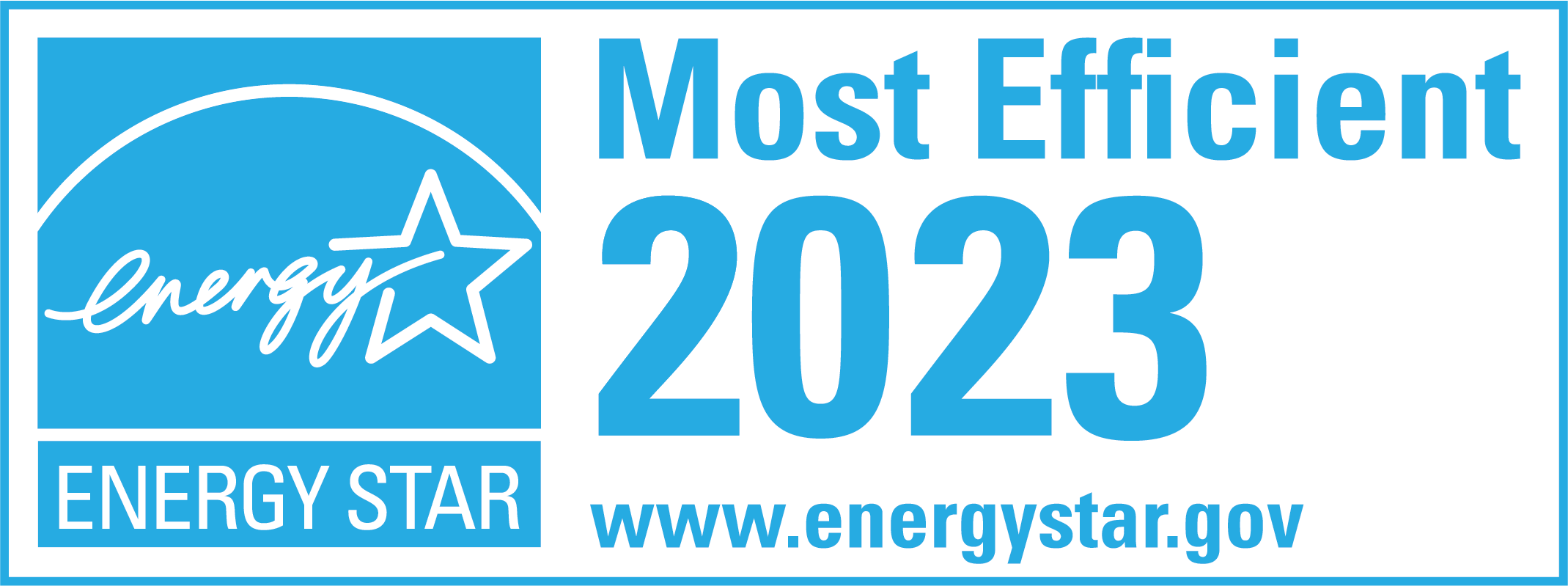Single Hung vs. Awning Windows
Windows are essential to any home, providing light, ventilation, and a view of the outside world. Regarding window choices, numerous options are available, each with its unique features and benefits. This article will explore the key differences between two popular window types: single hung and awning windows. Understanding these differences can help you decide when selecting the best windows for your home.
At Window Depot USA of Dallas, Texas, we pride ourselves on helping you, the homeowner, understand what makes a good window or door. From there, we focus on best-in-class installation practices and first-rate customer service to support you. Call us at 214-399-9592 if you are in the market for new windows and doors and live in North Texas. Our windows start at $699 – there’s no need to pay upwards of $1,500 per window for an energy-efficient upgrade to your home.
Understanding Window Types
What are Single Hung Windows?
Single hung windows are one of the most common in residential buildings. They consist of two sashes, with the top sash fixed in place and the bottom sash sliding vertically. This design allows for easy operation, with the bottom sash being raised or lowered to control airflow and ventilation.
These windows offer more than just functionality; they also provide a classic and timeless look that complements various architectural styles. Whether you have a traditional or modern home, single hung windows can add a touch of elegance to your space. Additionally, they are often favored for their affordability and ease of maintenance.
Regarding energy efficiency, single hung windows can also be a great choice. With technological advancements, many manufacturers now offer single hung windows with features such as low-emissivity (low-E) glass, argon gas-filled chambers, and insulated frames. These features help to reduce heat transfer, making your home more comfortable and energy-efficient.
What are Awning Windows?
On the other hand, awning windows are hinged at the top and open outward to allow fresh air into the room. They are typically operated with the help of a crank mechanism, allowing for controlled ventilation. Awning windows are known for their versatility and unique design, making them an attractive option for modern homes or spaces requiring ventilation and privacy.
One of the key advantages of awning windows is their ability to provide ventilation even during rainy weather. Since they open outward, rainwater is directed away from the window, keeping your interior dry. This feature particularly benefits those living in areas with frequent rain or high humidity.
These windows can be installed higher on the wall, allowing for increased privacy while still providing ventilation. This makes them a popular choice for bathrooms or rooms where privacy is a concern. Additionally, awning windows can be combined with other window types, such as picture or casement windows, to create unique and visually appealing window configurations.
Similar to single hung windows, awning windows have also seen advancements in energy efficiency. Many manufacturers now offer awning windows with double or triple glazing, low-E coatings, and thermal breaks. These features help to reduce heat loss or gain, making your home more energy-efficient and comfortable throughout the year.
Critical Differences Between Single Hung and Awning Windows
When choosing windows for your home, there are several factors to consider. One of the primary differences between single hung and awning windows lies in their operation and functionality.
Operation and Functionality
Single hung windows function by moving the bottom sash vertically, enabling airflow by opening the lower part of the window. This traditional design has been popular for years and offers a simple yet effective way to let fresh air into your home.
On the other hand, awning windows open outward hinged at the top, and provide ventilation even during light rain. This feature can be particularly beneficial for areas with a wet climate or locations where rain protection is desired while allowing fresh air indoors. Imagine enjoying a gentle breeze on a rainy day without worrying about water seeping into your home.
Additionally, the operation of awning windows is often smoother due to their crank mechanism, allowing for effortless opening and closing. This convenience can make a significant difference, especially if you have multiple windows to operate.
Ventilation and Airflow
Both single hung and awning windows offer ventilation, but they differ in how air enters the room. Single hung windows provide ventilation through the lower part of the window when the bottom sash is opened. This design allows for a controlled airflow, making it ideal for those who prefer a more traditional way of ventilating their space.
On the other hand, awning windows allow air to flow in from the top, creating a unique airflow pattern that can be advantageous in certain situations. Awning windows have the advantage of being able to capture breezes that blow directly into the window from any direction while still providing adequate rain protection. This unique airflow pattern can help create a pleasant indoor environment by allowing fresh air to enter the room without causing drafts.
Aesthetic Differences
Another important consideration when choosing between single hung and awning windows is their aesthetic appeal. Single hung windows offer a traditional and timeless look that can suit a wide range of architectural styles. Their classic design often blends seamlessly with both historical and contemporary homes.
In contrast, awning windows are known for their modern and sleek appearance. Their unique hinged design adds a touch of elegance while standing out as a distinct architectural feature. Awning windows can be an excellent choice for homeowners seeking a contemporary or minimalist aesthetic.
Ultimately, the choice between single hung and awning windows depends on your personal preferences, the climate of your area, and the overall look you want to achieve for your home. By understanding the key differences between these window types, you can make an informed decision that suits your needs and enhances the beauty and functionality of your living space.
Pros and Cons of Single Hung Windows
Advantages of Single Hung Windows
- Cost-effective option compared to other window types.
- Easy to clean and maintain due to their simple design.
- A classic look that complements various architectural styles.
Disadvantages of Single Hung Windows
- Limited ventilation options compared to awning windows.
- The top sash is fixed, limiting exterior access for cleaning.
- The lower sash may be prone to drafts or air leaks over time.
Pros and Cons of Awning Windows
Advantages of Awning Windows
- Allows ventilation even in light rain due to their outward-opening design.
- Provides unique airflow patterns, capturing breezes from various directions.
- Offers increased privacy when installed at higher levels on the wall.
Disadvantages of Awning Windows
- Generally more expensive compared to single hung windows.
- Requires regular maintenance of the crank mechanism.
- The outward-opening design may limit installation options in certain spaces.
Cost Comparison: Single Hung vs. Awning Windows
When it comes to cost, single hung windows are generally more budget-friendly compared to awning windows. The simpler design and operation contribute to their affordability, making them an attractive option for homeowners on a tight budget.
On the other hand, awning windows are pricier due to their unique design and additional functionality. The cost difference might be worth considering if you prioritize the benefits of awning windows, such as increased ventilation options and rain protection.
Energy Efficiency: Single Hung vs. Awning Windows
Both single hung and awning windows can be energy-efficient choices, depending on various factors such as the quality of materials, glass type, and installation. Properly installed and sealed windows can help reduce energy loss and enhance the overall energy efficiency of your home.
Single hung windows, with their fixed top sash, may be slightly more prone to air leaks compared to awning windows. However, advancements in window technology ensure that both window types can provide excellent energy efficiency when properly selected and installed.
When choosing between single hung and awning windows, it is crucial to consider factors such as the climate you live in, your aesthetic preferences, and your budget. Consulting with a window professional can provide valuable insights and help you make the best decision for your needs and circumstances.
In closing
Single hung and awning windows offer distinct advantages and differences in operation, aesthetics, and cost. Understanding these differences allows you to choose the right windows to enhance your home’s functionality and style. Whether you prefer the classic simplicity of single hung windows or the modern elegance of awning windows, both options can provide the ventilation, natural light, and visual appeal that every homeowner desires.
Call us at 214-399-9592 to discuss window pricing and availability. Our replacement window services are limited to North Texas cities from Granbury to Fort Worth, Frisco, and everywhere in between.






